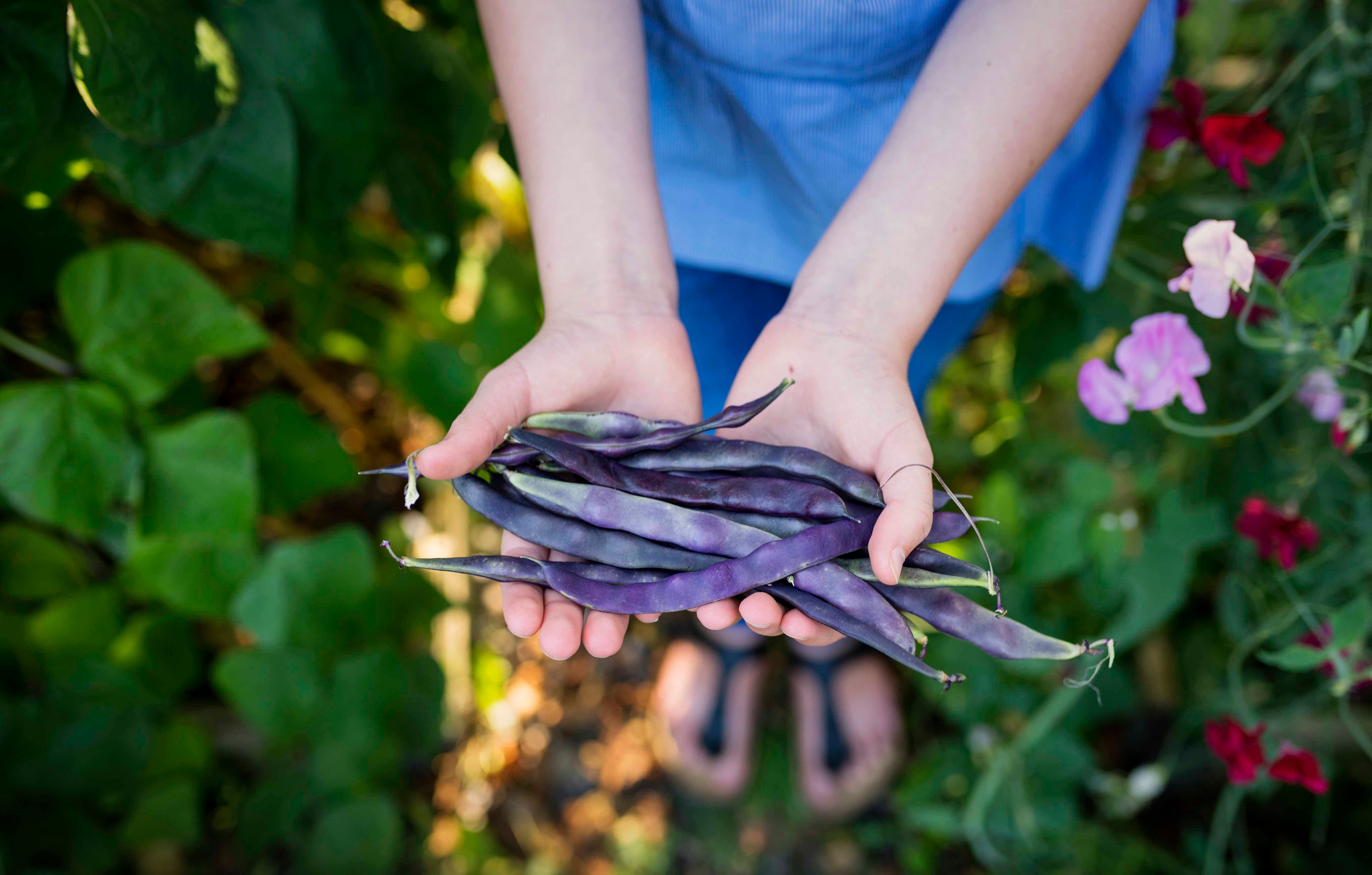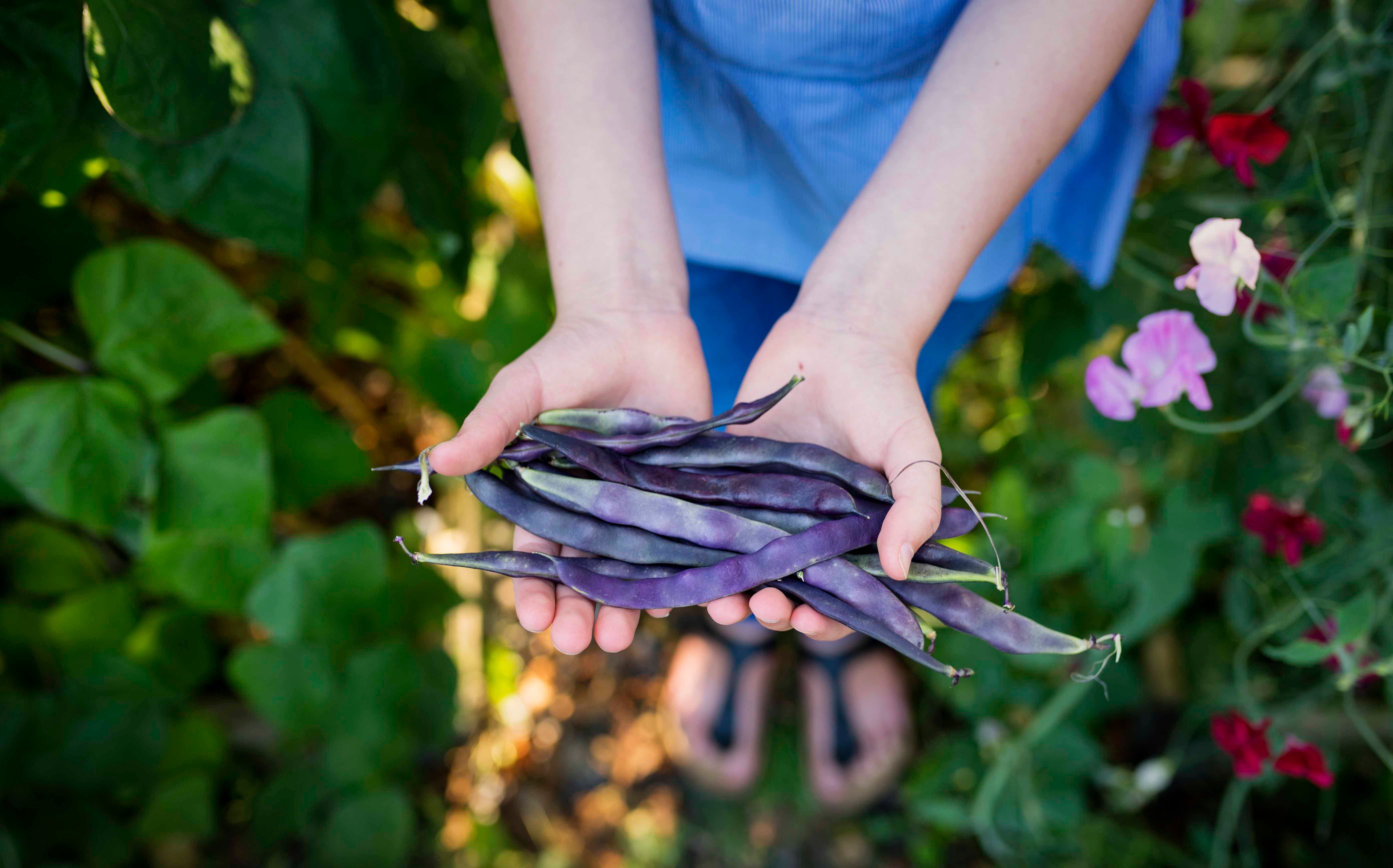What’s all the hype about lectins?


Lectins have been getting some buzz lately, but how many of us actually know what they are? Are they healthy for us, or not? We did a little digging to see what we could find out.
First of all, what are they?
“Lectins are a substance found in various foods like fruits, vegetables, nuts, herbs, and other foods that are often promoted in a healthy diet,” says Amanda A. Kostro Miller, RD, LDN, who serves on the advisory board for Smart Healthy Living.
In short, lectins are a type of protein that naturally occurs in a lot of plants.
Lectin-rich foods
- Peanuts
- Potatoes
- Red kidney beans
- Soy beans
- Tomatoes
- Wheat
Now, protein is typically a good thing, right? So, it begs the question why some people say we should be avoiding lectins altogether.
“There have been several promoters who have written books about following a lectin-free diet, but there is limited evidence to suggest that the general population should follow one,” Kostro Miller says.
One of the proponents of a lectin-free diet, which made headlines recently for being touted by singer Kelly Clarkson, is The Plant Paradox, a book by Dr. Steven Gundry. The book describes lectins as harmful because they are a protein that was developed by plants as a defence against predators, and can disturb our gastrointestinal tracts and cause inflammation.
“People have concerns that lectins cause inflammation, weight gain, and cancer, however, there is not enough research to support this claim,” says Kostro Miller.
According to the Harvard T.H. Chan School of Public Health, lectins are labelled an “anti-nutrient” and are defined as proteins that bind to carbohydrates. “They resist being broken down in the gut and are stable in acidic environments” – attributes that protect plants from predators in nature – and these factors may cause issues during human digestion.
Digestive issues have been recorded in people who ate foods containing lectins in their active state – such as raw or undercooked kidney beans. But because lectins are most potent in their raw, active state, and because foods that contain them are not usually eaten raw, it’s rare for us to consume too many lectins.
Kostro Miller points out that lectins are broken down during most cooking processes, so if you are really concerned about them, you can choose not to eat certain plants raw.
According to Harvard, wet high-heat methods of cooking such as boiling and stewing are particularly effective at deactivating lectins, which are water-soluble. For example, think about how we cook dry beans: soaking, boiling, etc.
Overall, Kostro Miller says, the foods that contain lectins, such as fruits, vegetables and nuts, are considered part of a healthy diet and based on the current research, “the benefit of eating these foods outweighs any potential and/or unsubstantiated risk of lectins.
“While more research may be conducted in this area, currently nutrition professionals do not have enough evidence to tell clients and patients to avoid high-lectin foods because of the lectin content,” she says.
